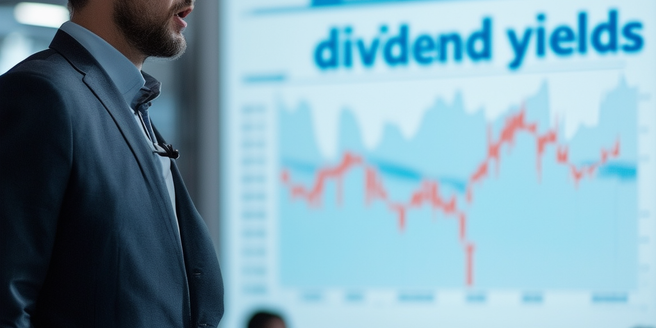Understanding the Concept of Dividends
A dividend is simply a distribution of a corporation’s profits or retained earnings to its shareholders, used as a way to share financial success and express gratitude for investment. Companies with long-standing profitability often give some of their wealth back to shareholders as dividends, which are important in investment strategy as some investors favor such companies. That said, not all companies opt to pay dividends, especially new or high-growth companies. Such companies prefer to put profits back into business endeavors like research, development or expansion, prioritizing these over immediate return of profits. To summarise, dividends are a key component for investors symbolizing a return on their investment and the financial health of a company but it’s not a strategy practiced by all companies, particularly those with high growth.
The Role of Dividends in Investment Strategy
Dividends have a key part in an investor’s portfolio management strategy as they provide a steady income stream and cushion against market volatility, supplementing investment returns beyond mere capital appreciation. They are often seen as an indicator of a company’s financial stability, increasing demand for such stocks. Due to this increased demand, dividend-paying stocks can offer significant protection against market turbulence and are appealing to risk-averse investors seeking regular returns. Companies consistently distributing dividends imply effective resource management, improving their credibility and enhancing shareholder value, potentially driving stock prices up long term.
Types of Dividends: Regular vs Special Dividends
Regular dividends are payments corporations make to their shareholders, typically on a quarterly basis. These predictable payments form a key part of many investment strategies, as they provide a consistent income stream. Conversely, special dividends, or extra dividends, are infrequent, issue-based payments that are not part of a regular cycle and often represent an unexpected bonus for investors. These are generally triggered by events such as exceptional company performance or a significant legal settlement win. Special dividends, though welcomed, are unpredictable, one-time distributions that should not be relied upon as a regular income source. Both regular and special dividends contribute significantly to the overall returns an investor gains from owning shares in a company, but whilst regular dividends form a key part of an income strategy, special dividends only offer an additional, sporadic financial bonus.
How to Evaluate a Company’s Dividend Yield
Examining a company’s dividend yield involves dividing the annual dividend payment by the stock’s current market price, a metric that appeals to many investors. However, to conduct a thorough assessment, it is necessary to consider other factors like the company’s history of dividends, consistency, payout ratio, growth and profitability, and debt levels. A company’s past performance, ability to maintain dividends, and the portion of earnings given back as dividends are all important. High payout ratios may indicate a lack of sufficient reinvestment into the business, while consistent growth and profitability suggest healthy cash flow and ability to pay continuous dividends. High debt levels, however, may interfere with a company’s ability to maintain or increase dividends. In essence, a high dividend yield isn’t a good sign if the company isn’t financially sustainable, all these factors should be considered for informed investment decision.
Risks and Benefits of Dividend Investing
Dividends, understood by many investors, provide continual income for capital invested into certain stocks, contributing to overall profit and capital growth over time. This is due to the structure of dividend payment methodology, which holds the prospect of an increase in your initial investment, enabling capital appreciation. Dividends also act as a buffer in times of market turbulence, functioning as a safety net against drastic market fluctuations. However, dividends carry inherent risks. Companies facing crises can reduce or remove their dividend offerings, rerouting resources to sustain operations and settle financial obligations, decisions that result in dividend reductions or eliminations. High-yielding stocks also pose risk as their high dividend yields often mask a lack of growth potential. Hence, a key aspect of investing in dividend-paying stocks is understanding the company’s dividend policy. Investors must have a comprehensive view of this policy to effectively navigate the risks and benefits, enabling informed decisions.


